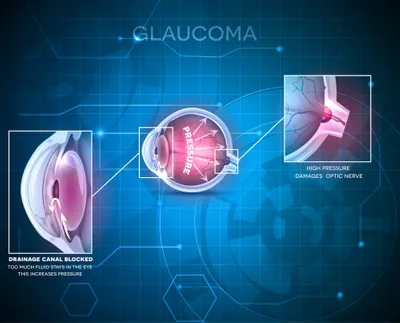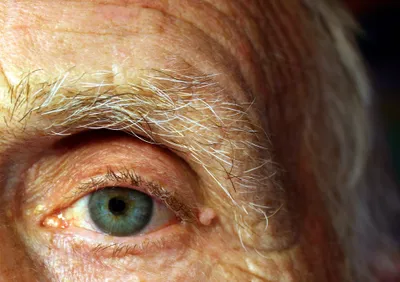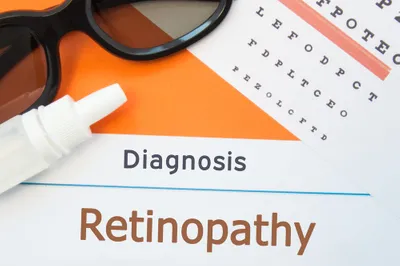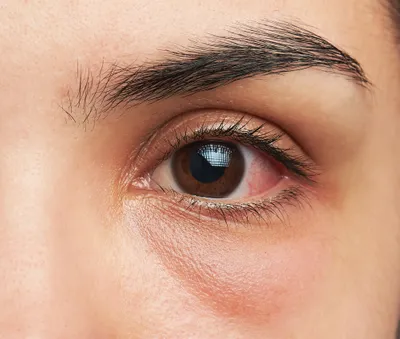Your eyesight is one of your most precious gifts, not to mention that you rely on it so heavily for everyday life. Without it, driving is impossible (well, until we all get those self-driving cars), and you won’t see the faces of your loved ones.
Unfortunately, there are many eye problems that can rob you of your vision, so it’s important to recognize them and get checked out early. In honor of Age-Related Macular Degeneration (AMD)/Low Vision awareness month in February, here are seven vision problems to keep an eye out for…
1. Macular Degeneration
This degenerative condition of the eye is the “number one cause of severe vision loss in U.S. adults over age 60,” according to WhatIsLowVision.org. It typically affects vision in the central part of your field of view, which can affect your ability to drive, read, identify people and many other routine tasks.
The source notes there are 2-types of AMD, the “dry” and “wet” varieties. The dry is apparently slower progressing, but is still serious and requires frequent inspections by a professional. Early detection is key (laser treatment can help save your eyesight), but in some cases people don’t realize there’s a problem until their vision is blurred.
2. Glaucoma
This condition affects your eye’s optic nerve, due to a buildup of pressure inside your eyeball. The fluid inside your eye, called aqueous humor (according to WebMD), can get blocked which results in an excess amount of fluid.
It’s not known why the blockages occur, but the source notes that if you have a family history of glaucoma and you’re over 40 years old, you should be checked at least once every 2-years. The condition can be hereditary, but it can also occur following an eye injury or eye infection, adds WebMD.
3. Cataracts
This is the clouding of the lenses of your eye, so while it’s a very alarming problem that can make it near impossible to see, it’s treatable. They’re common in older people, according to the National Eye Institute – in fact, “By age 80, more than half of all Americans either have a cataract or have had cataract surgery,” notes the source.
Cataracts are caused when the proteins in the lens start to clump, reducing sharpness and clarity. Cataracts can also take on a yellowish or brownish color, adding a tint to what you see, adds the source. Over time, your ability to see blue and purple may be compromised. An artificial lens can be implanted to replace the natural (faulty) one.
4. Retinal Detachment
The retina is a vital component of your eye, as it is the point where light transmitted through the lens and other elements is focused on. The retina then transmits these images to your brain – so without a healthy retina, you won’t be seeing much of anything.
When the retina detaches – which can be for a number of reasons from older age to diabetes to eye trauma – it can look like “a curtain has been pulled across your field of vision,” notes Healthline.com. A surgical procedure can reattach the retina, and complete recovery is possible.
5. Diabetic Retinopathy
As the name suggests, this condition of the eye is common among diabetic patients. It can occur whether you have type-1 or type-2 diabetes, and while it can start off with mild symptoms, can lead to complete blindness, according to Healthline.com.
There are two main types of diabetic retinopathy, according to the site. They include Nonproliferative diabetic retinopathy, which is when damaged blood vessels leak fluid into the eye, and Proliferative diabetic retinopathy, which is when new blood vessels grow inside the retina. “These new blood vessels are usually abnormal and grow in the center of the eye,” adds the source.
6. Intraocular Cancer
More simply put, this is cancer of the eye. According to the American Cancer Society, 2-types of cancers can affect the eye; some cancers originate in the eye (primary intraocular cancer), while others start somewhere else and spread to the eye (secondary intraocular cancer).
Melanoma is the most common primary cancer in adults, while retinoblastoma is more common in children. Eye cancers are uncommon, and can be detected early during annual eye exams (you may not have symptoms). However, eye cancers can cause blurry vision or a sudden loss of vision, according to the cancer society.
7. Acanthamoeba Keratitis
If you’ve ditched your spectacles in favor of contact lenses, then this one is for you. This infection is “rare but serious,” and is the result of improper usage and care of contact lenses, according to AllAboutVision.com.
The symptoms include pain and redness, as well as sensitivity to light and blurred vision, according to the source. “A ‘ring-like’ ulceration of your corneal tissue may also occur,” it adds. Left untreated, this condition can cause permanent vision loss – but following an eye doctor’s recommendations when you get contact lenses can help you avoid it in the first place.










